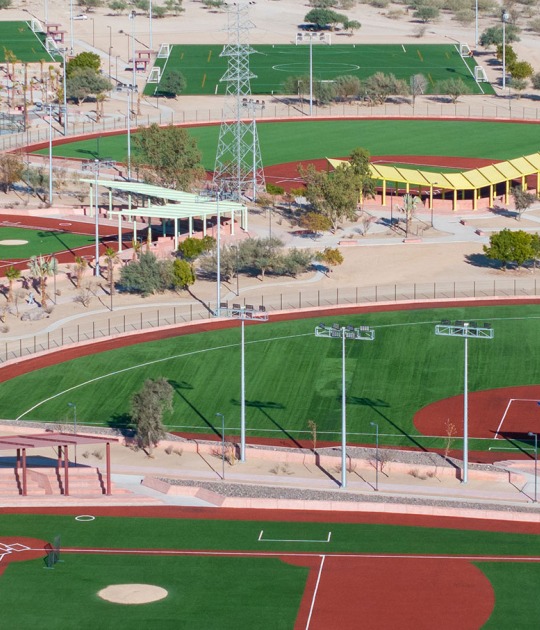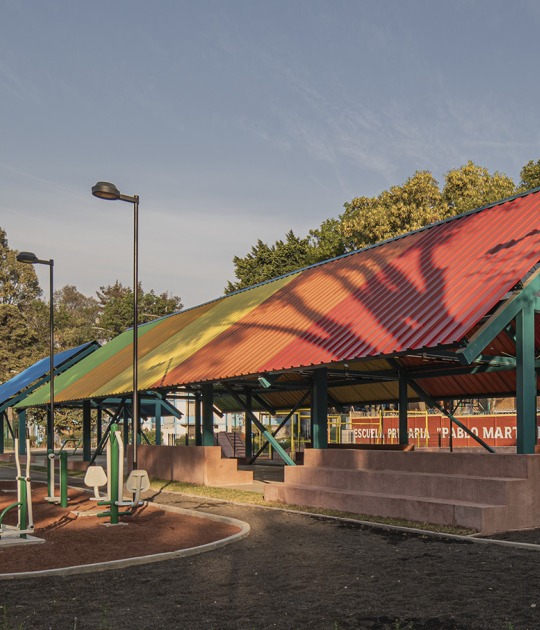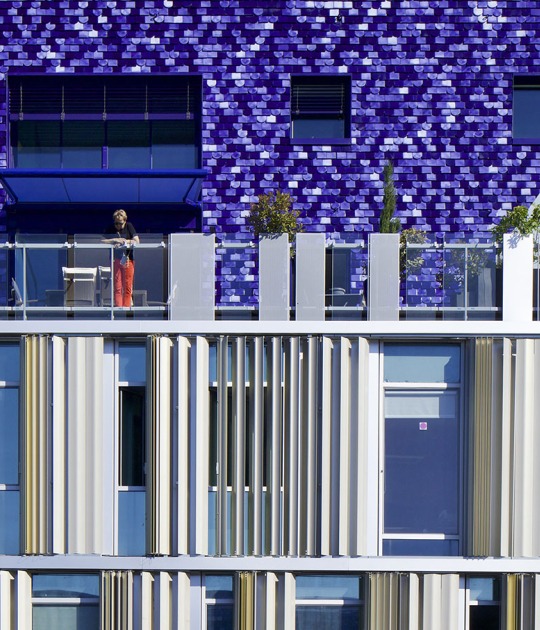Among Kahn’s major works are the Salk Institute (California), the Kimbell Art Museum (Texas), the Indian Institute of Management (India), and the Assembly Buildings for the Bangladeshi Parliament (Bangladesh).
He designed these projects in the 1950s and 1960s at a time when the conviction of architects that their mission was to improve society was enormous. Kahn’s influence can be seen in the work of important architects such as Aldo Rossi, Robert Venturi, James Stirling, Mario Botta and Tadao Ando.
Exhibition
The exhibition Louis Kahn, The Power of Architecture can be seen in the NAI from 8 September 2012 to 6 January 2013. It consists of drawings, sketches, photographs, watercolours, film material and scale models by this master architect. The exhibition, a song of praise of the beauty, strength and consolation that good architecture can offer, will show a broad public how important architecture can be for society.
Louis Kahn, The Power of Architecture is the result of a collaboration between the Vitra Design Museum, the NAI, and the Architectural Archives of The University of Pennsylvania.
Louis Kahn (1901-1974) is regarded as one of the greatest, most influential architects of the twentieth century. He designed important and significant buildings with a great sense of space, light and material. His buildings uplift and inspire the people in them.
From 8 September 2012 to 6 January 2013 the exhibition Louis Kahn, The Power of Architecture, is on display at the NAI.
From 8 September 2012 to 6 January 2013 the exhibition Louis Kahn, The Power of Architecture, is on display at the NAI.
More information
Published on:
September 17, 2012
Cite:
"LOUIS KAHN - THE POWER OF ARCHITECTURE" METALOCUS.
Accessed
<https://www.metalocus.es/en/news/louis-kahn-power-architecture>
ISSN 1139-6415
Loading content ...
Loading content ...
Loading content ...
Loading content ...
Loading content ...
Loading content ...
Loading content ...
Loading content ...
Loading content ...
Loading content ...
Loading content ...
Loading content ...
Loading content ...
Loading content ...
Loading content ...
Loading content ...
Loading content ...
Loading content ...
Loading content ...
Loading content ...
Loading content ...
Loading content ...
Loading content ...
Loading content ...
Loading content ...
Loading content ...
Loading content ...
Loading content ...
Loading content ...
Loading content ...
Loading content ...
Loading content ...
Loading content ...
Loading content ...
Loading content ...
Loading content ...
Loading content ...
Loading content ...
Loading content ...
Loading content ...
Loading content ...
Loading content ...
Loading content ...
Loading content ...
Loading content ...
Loading content ...
Loading content ...
Loading content ...
Loading content ...
Loading content ...
Loading content ...
Loading content ...
Loading content ...
Loading content ...



























